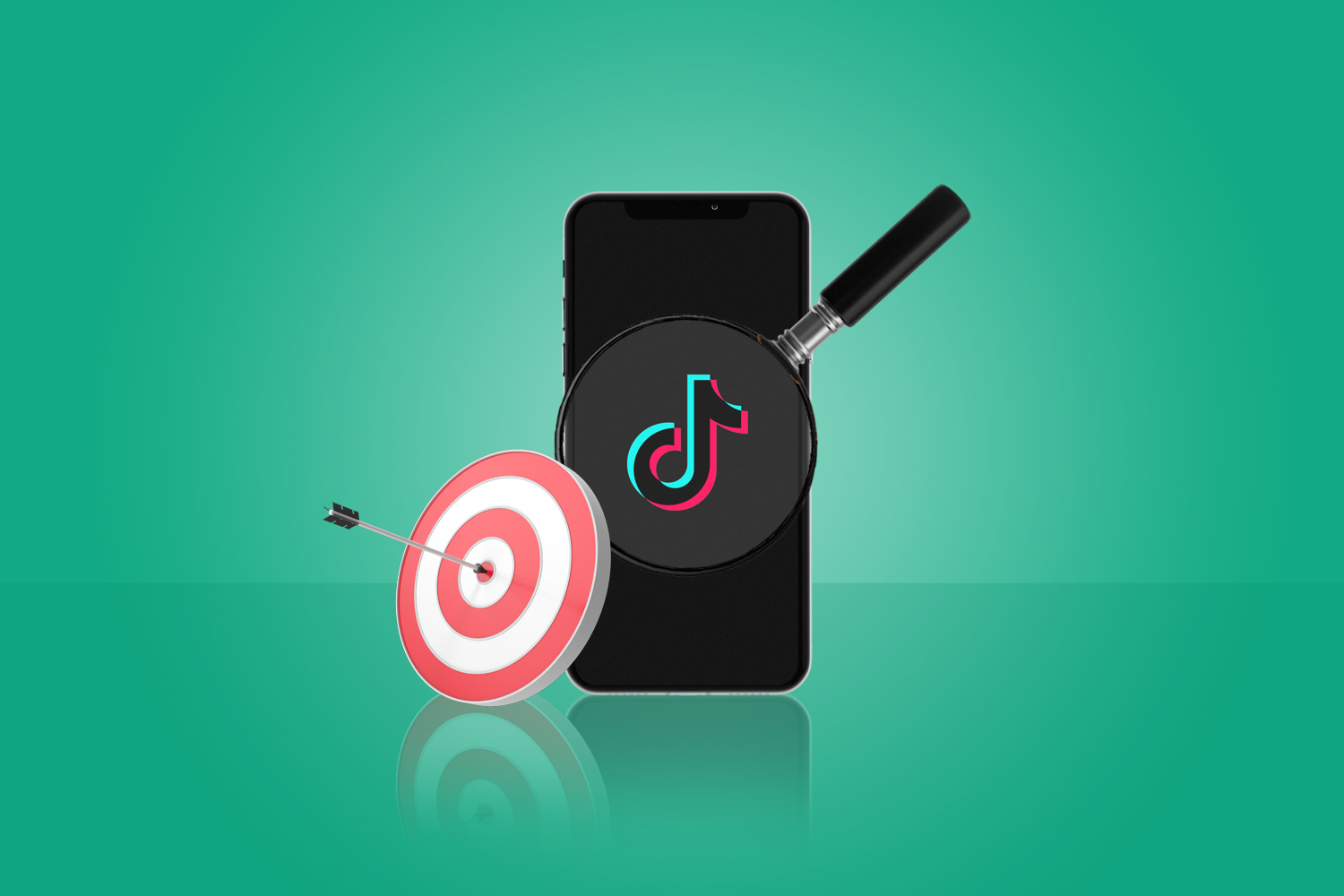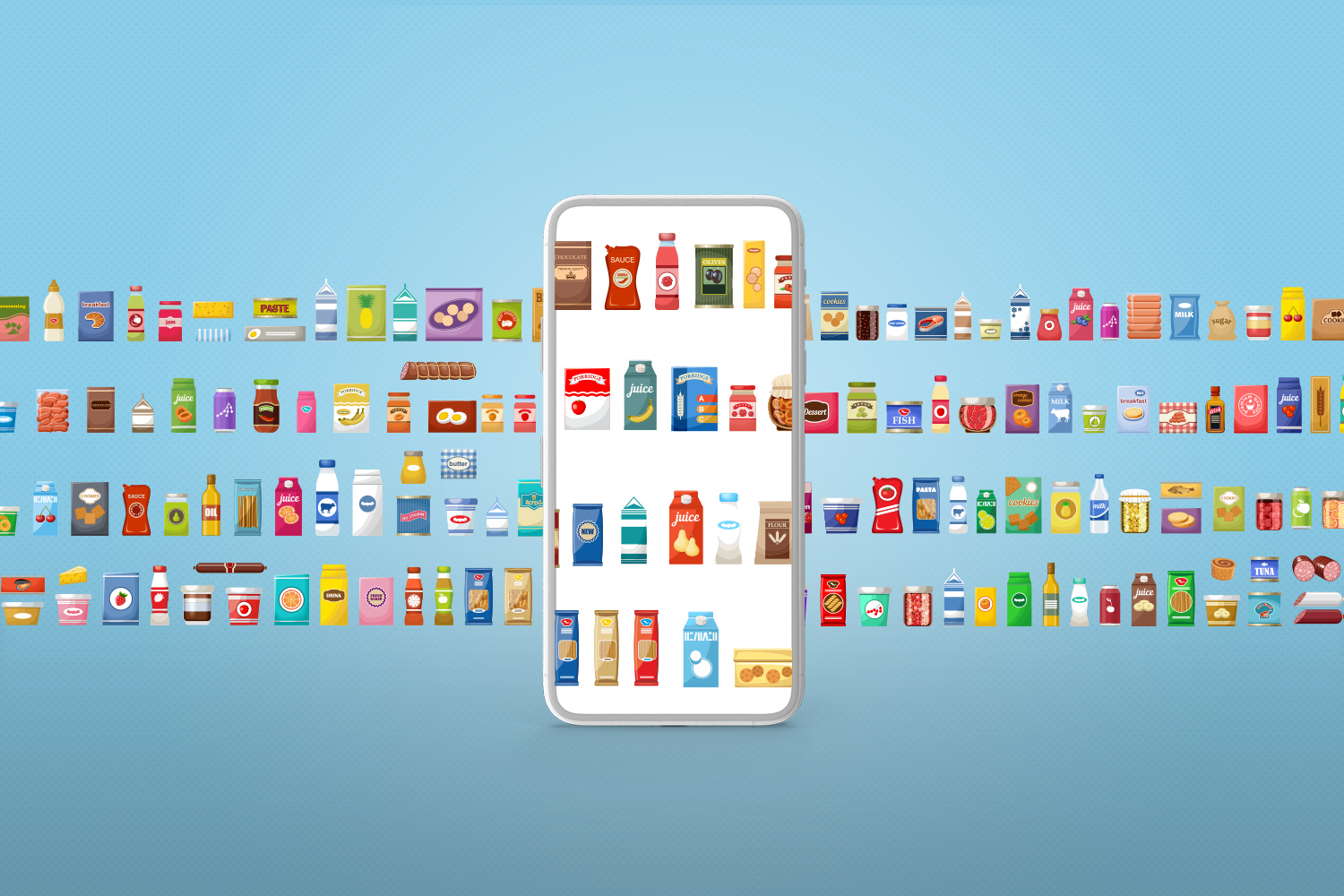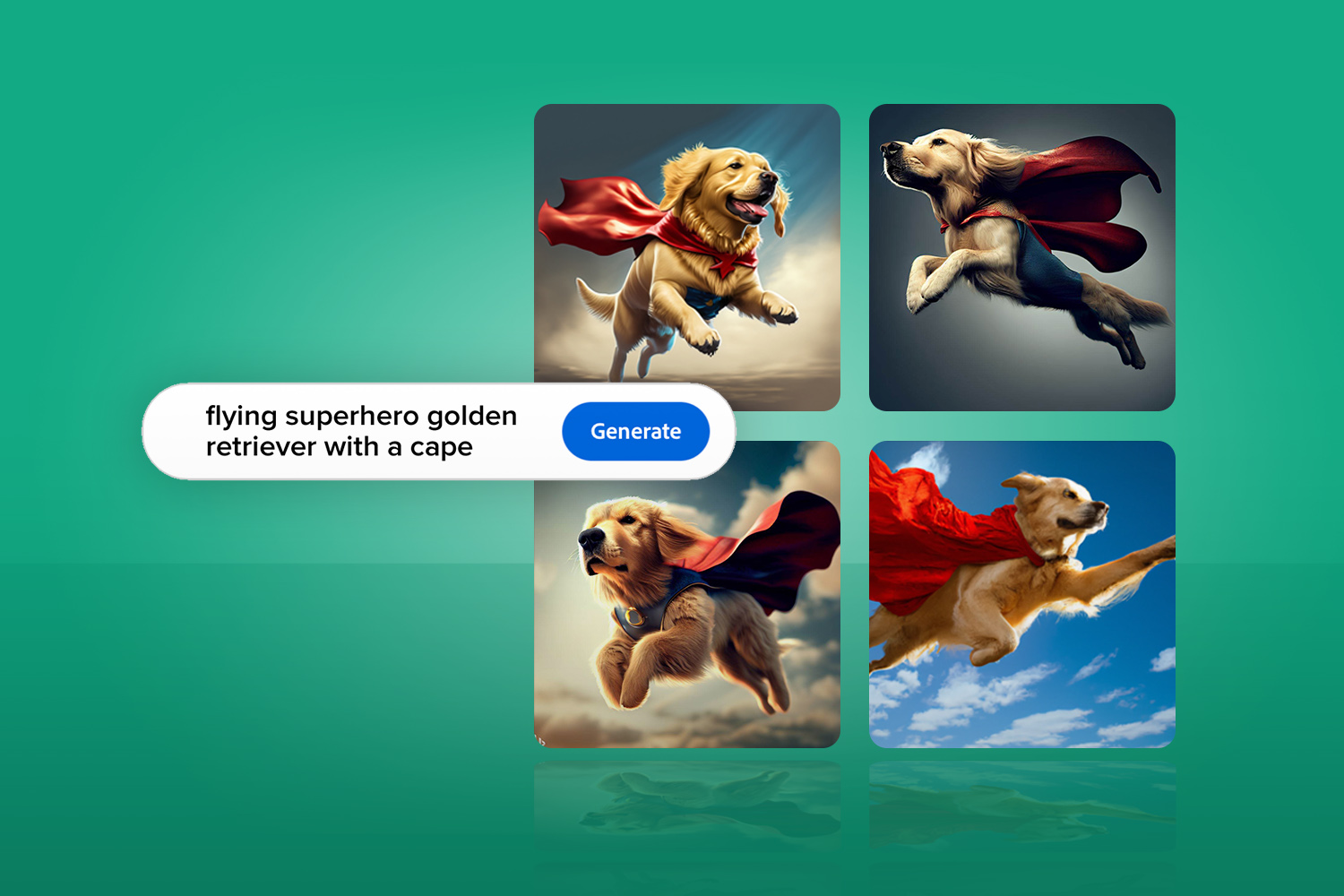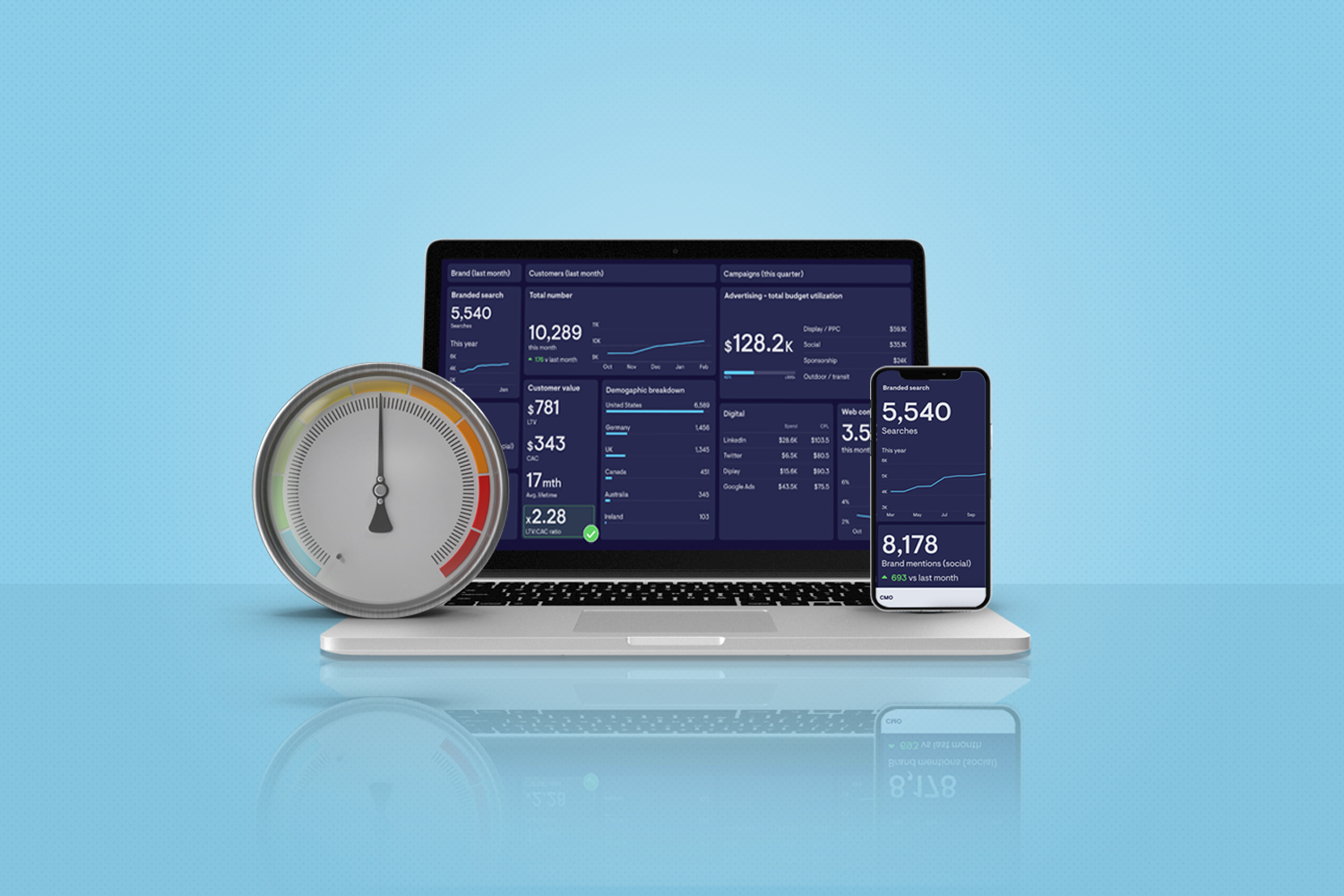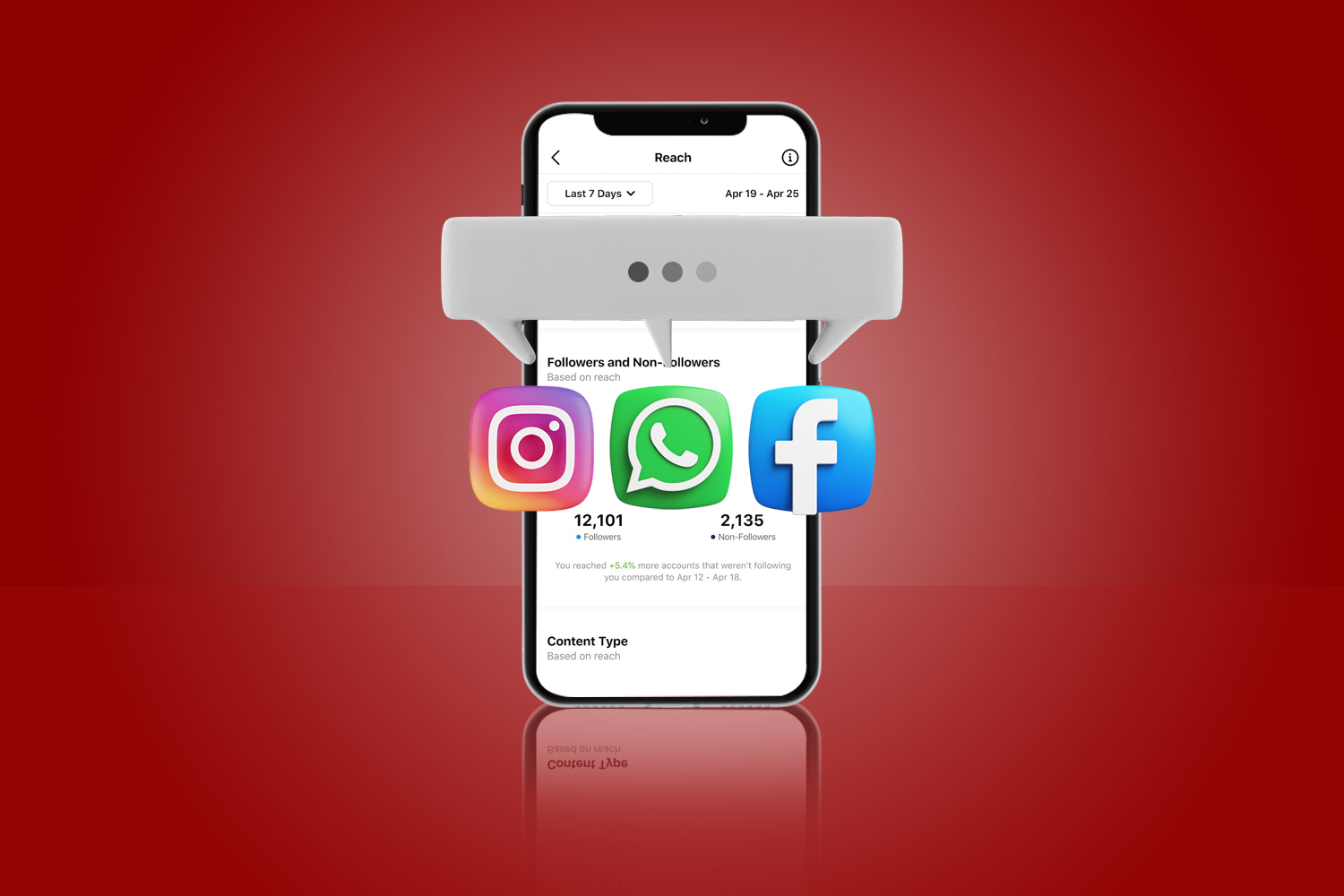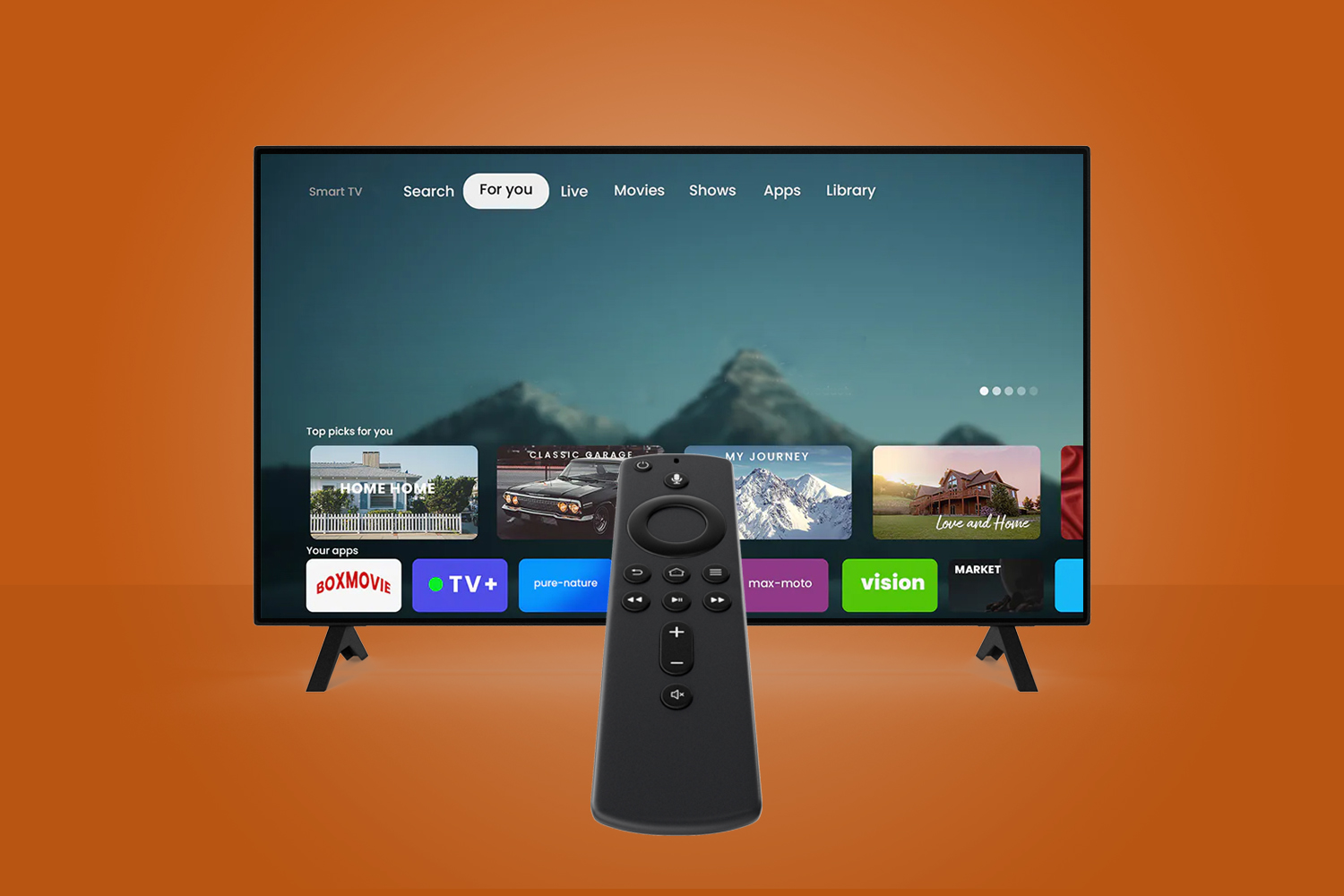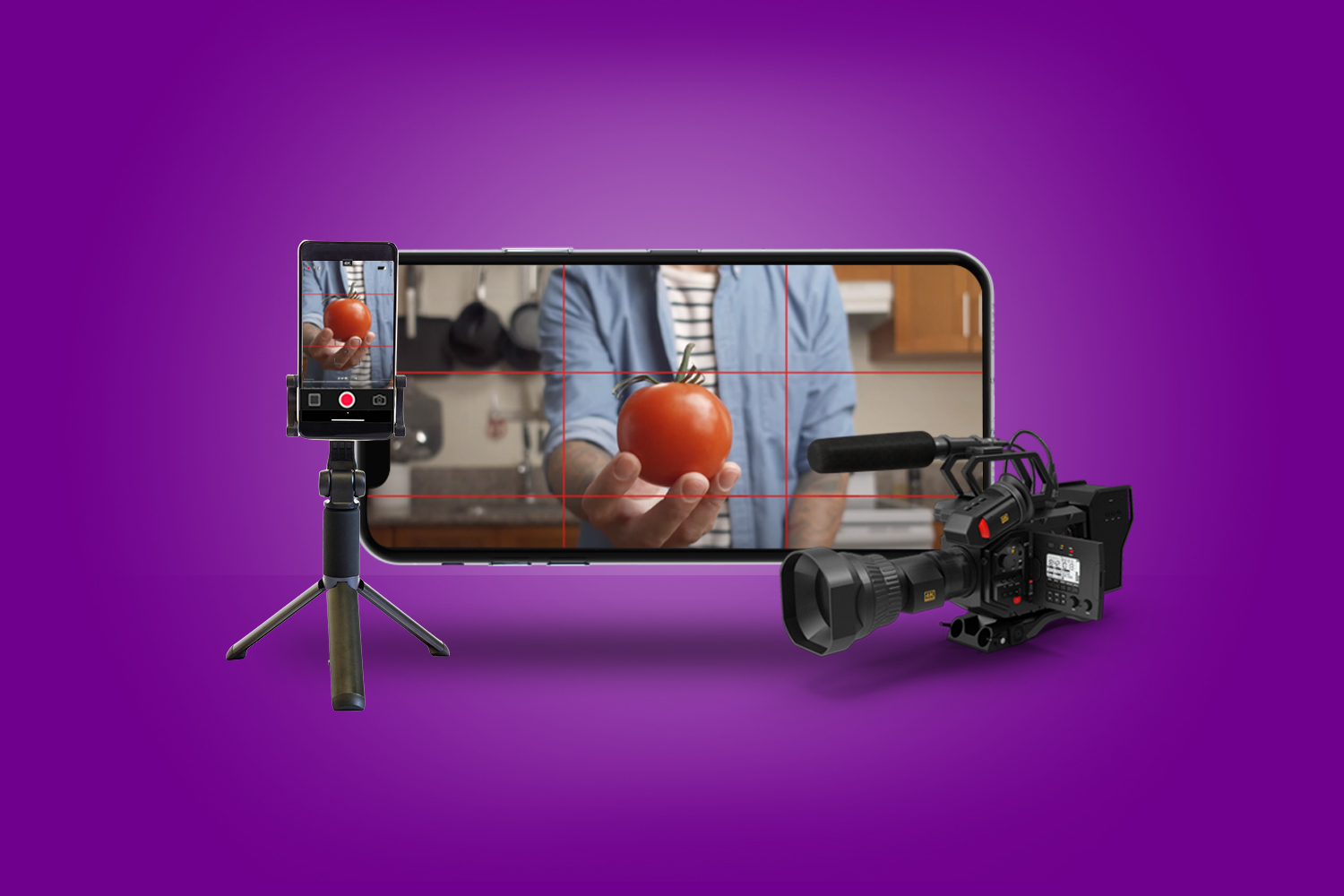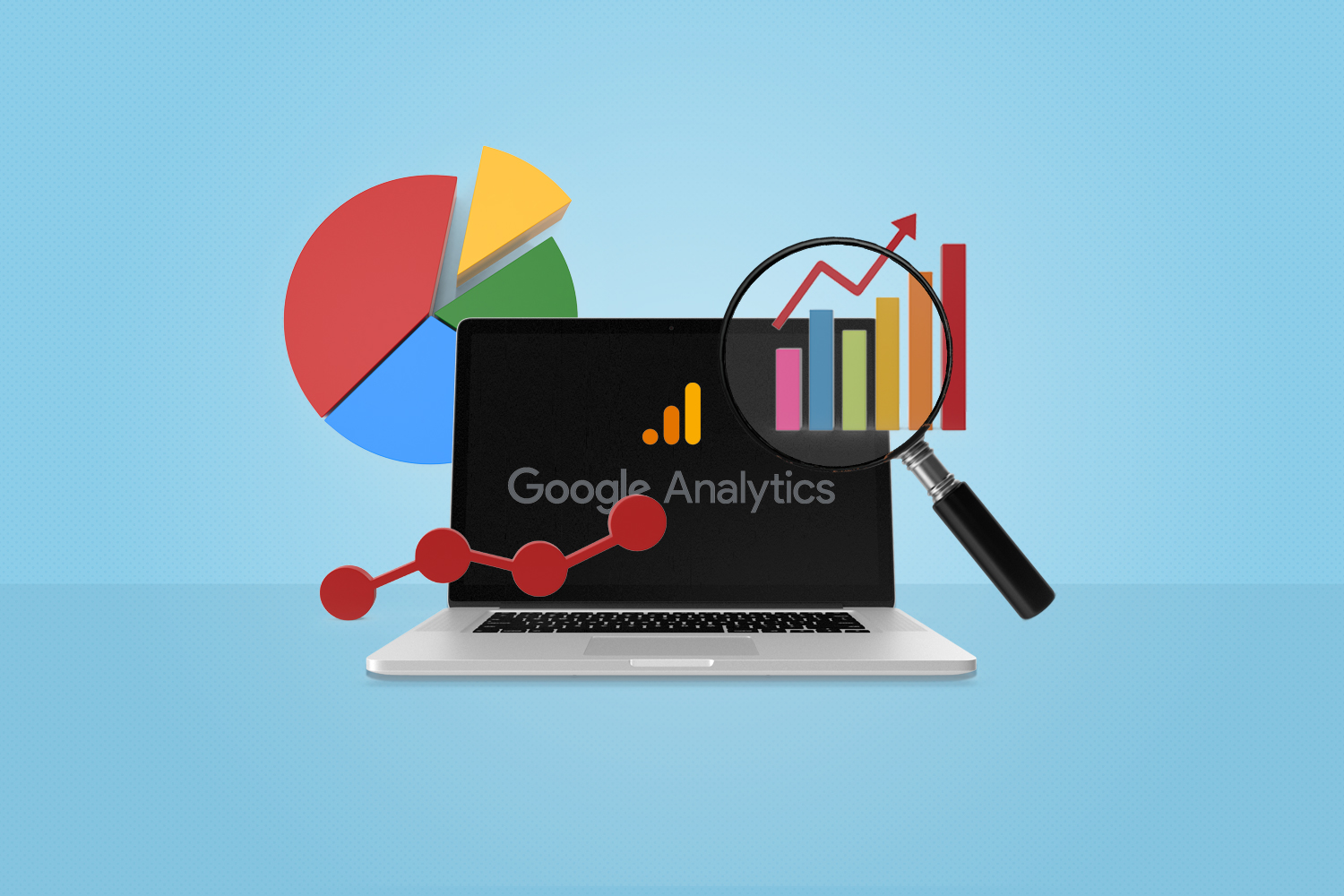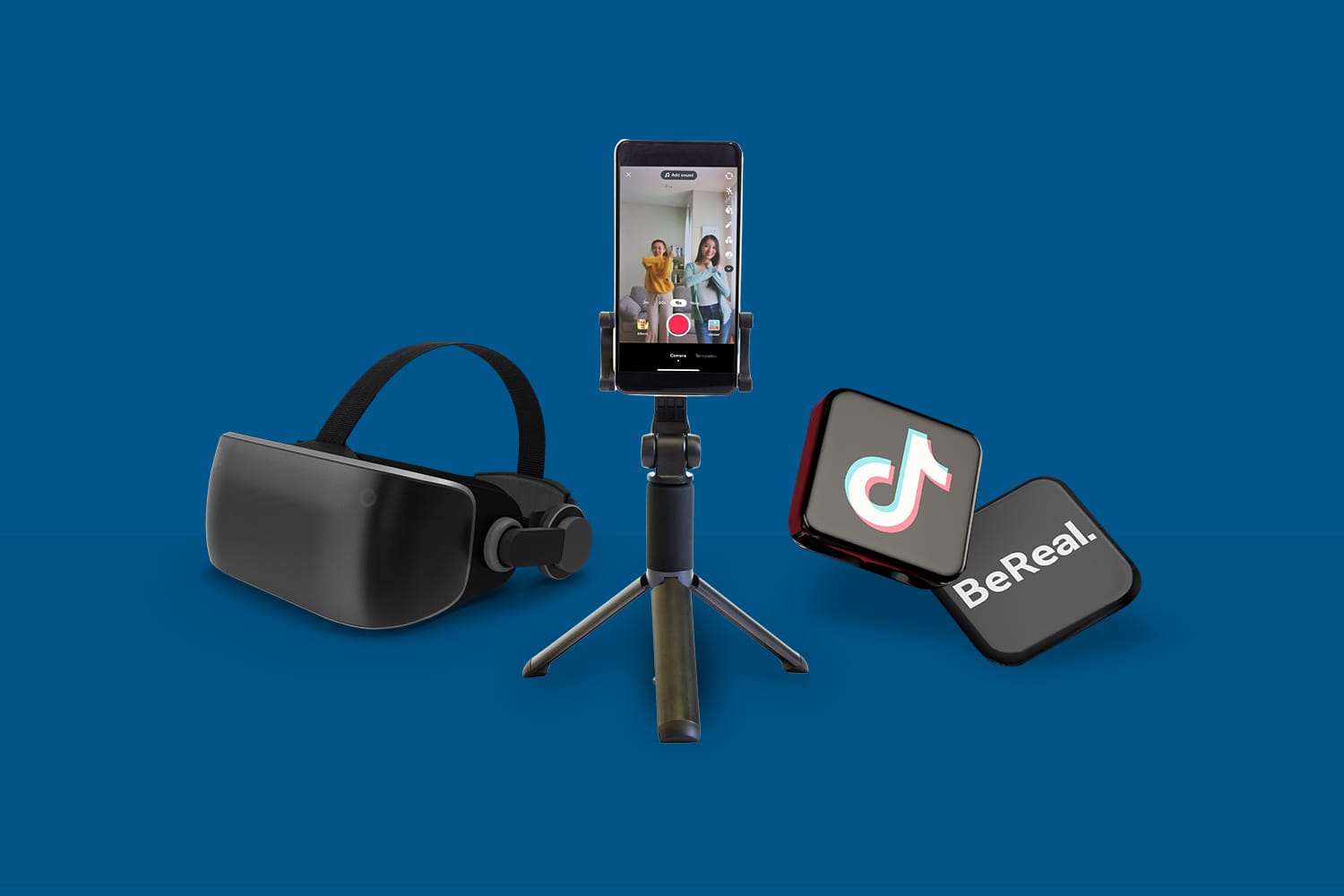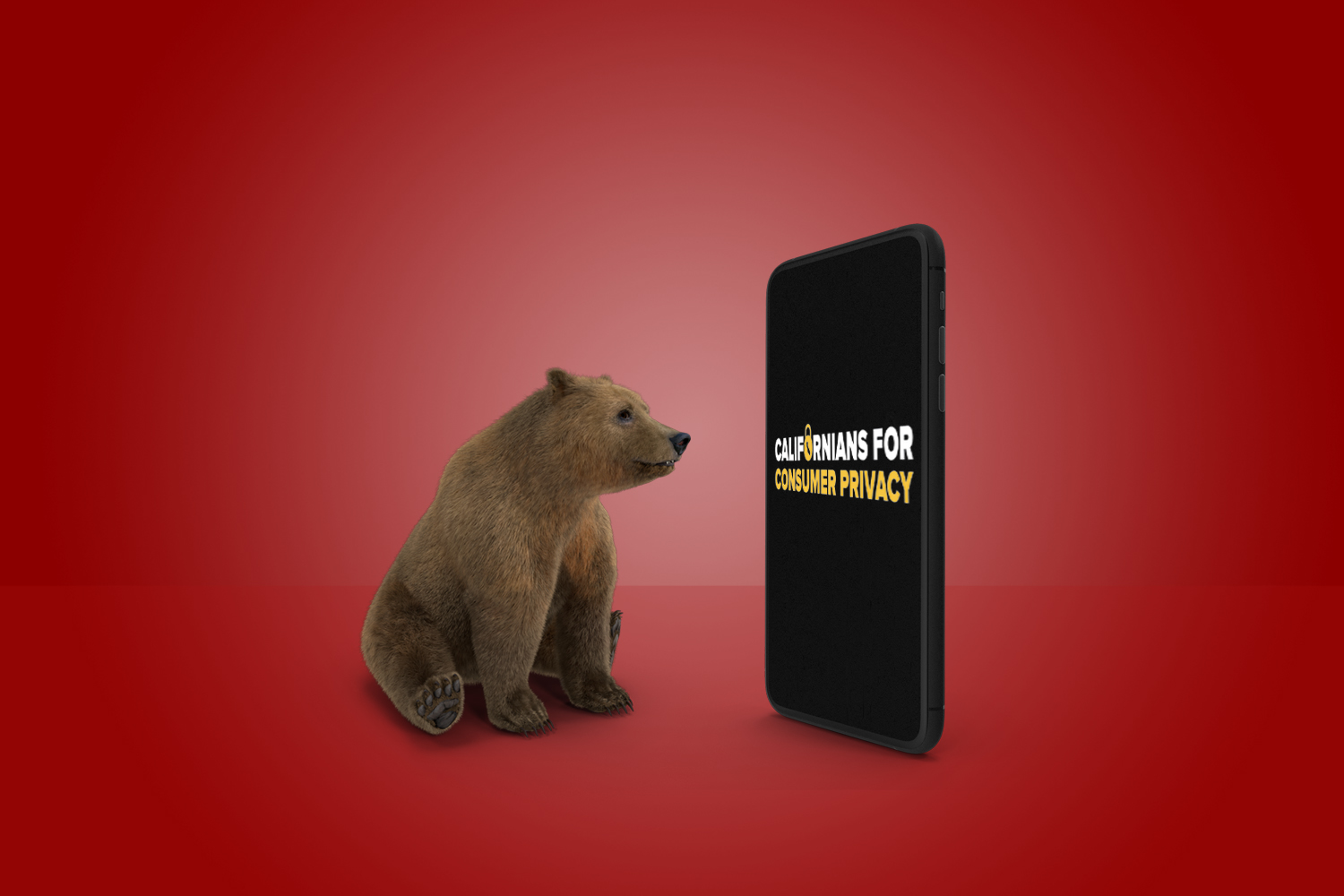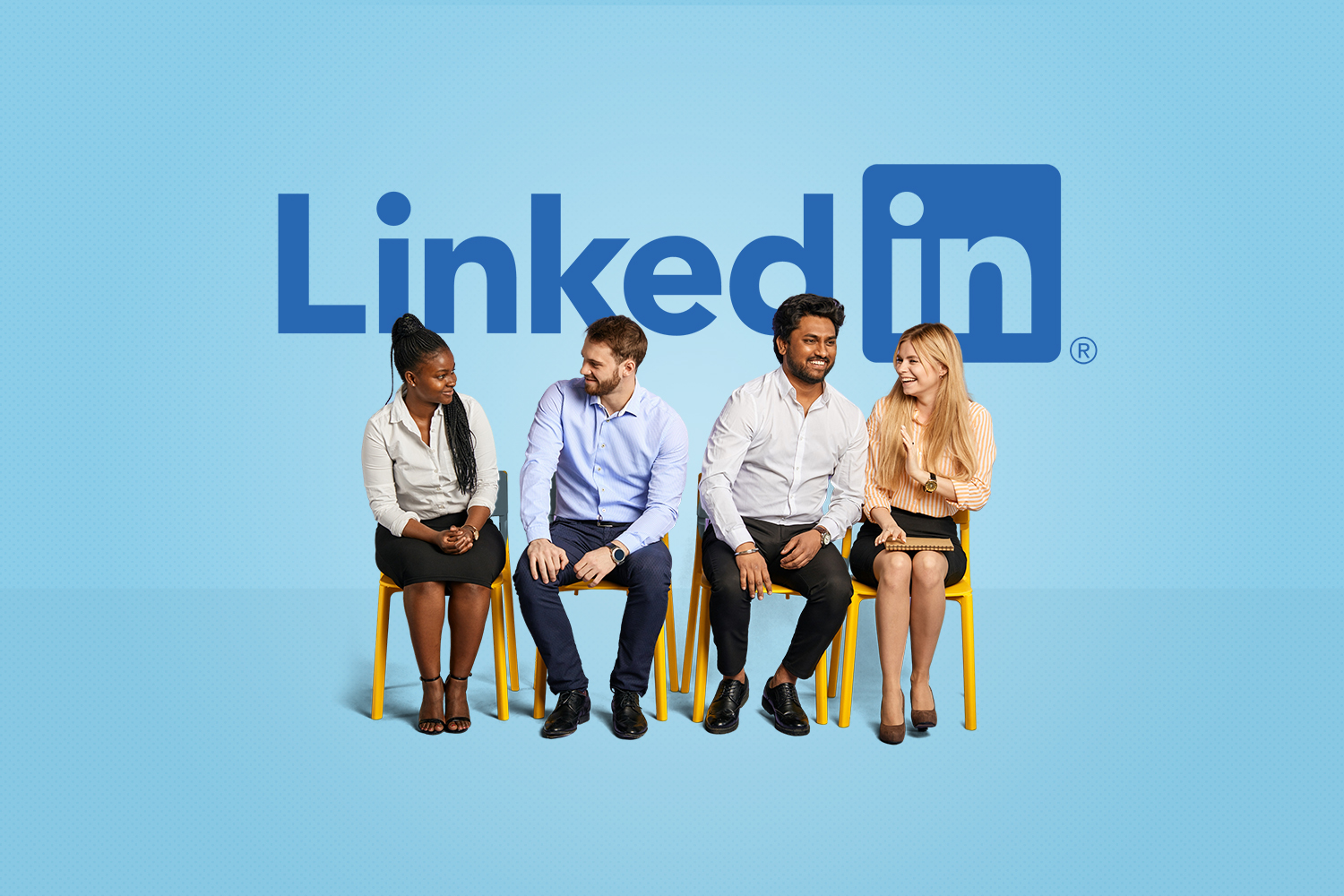In the realm of B2B marketing, LinkedIn has emerged as a powerful platform for businesses to connect, engage, and generate leads. Its professional nature and business-focused audience make it an ideal platform for B2B marketers looking to amplify their reach and impact.
The platform’s unique blend of networking, content sharing, and professional insight capabilities provides unparalleled opportunities for businesses to establish thought leadership, foster meaningful connections, and drive business growth. From company profiles to tailored posts, the ability to directly engage with your target audience opens up an avenue of communication that many other platforms cannot match. Moreover, with robust targeting features and analytics, LinkedIn offers a level of precision and insight into your marketing efforts, allowing for continuous strategy refinement and optimization. Simply put, LinkedIn is more than just a social network; it’s a dynamic marketplace for ideas, partnerships, and opportunities that can propel your B2B marketing to new heights.
Step 1: Building a Strong Company Profile
The first essential step to capitalizing on LinkedIn’s potential is creating a compelling company page. This is not just a placeholder for your company on the site, but the hub of your LinkedIn activity and a representation of your brand to the professional world. Your profile should succinctly convey your company’s mission, services, and value proposition, and it should do so in a manner that speaks to your target audience. Ensure that you incorporate relevant keywords, a high-quality logo, and a captivating cover image. A comprehensive, appealing company page enhances your credibility on the platform and is the foundation of all your LinkedIn marketing efforts.
Step 2: Creating Engaging Content
The key to standing out on LinkedIn and attracting your desired audience is creating content that resonates with them. This could be in the form of informative articles, insightful industry updates, thought leadership pieces, or even engaging videos. It’s not enough to just broadcast your offerings; you must provide value to your audience and establish your brand as a credible source of information. With LinkedIn’s content sharing features, you have the opportunity to shape your brand narrative and demonstrate your industry expertise, all while fostering meaningful connections with your audience.
Step 3: Networking and Engagement
LinkedIn is a networking platform at its core, and leveraging this aspect is crucial for B2B marketing success. Actively connect with other businesses, participate in LinkedIn groups, engage with your audience’s content, and respond promptly to comments on your posts. This not only increases your visibility on the platform, but also helps foster relationships, build a community around your brand, and demonstrates that your company values the input and interaction of its audience.
Step 4: Utilizing LinkedIn Advertising
LinkedIn’s advertising tools offer a robust way to reach a professional audience that aligns with your target demographic. From Sponsored Content to InMail, LinkedIn provides various ad formats to help businesses target and reach their ideal customers. It’s essential to understand these tools and how to use them effectively to meet your marketing objectives. LinkedIn’s advertising capabilities allow you to transcend organic reach and directly present your brand to potential leads, amplifying your impact on the platform.
Step 5: Measuring Success
Finally, to understand the effectiveness of your LinkedIn marketing efforts and to make data-driven decisions, it’s important to measure and evaluate key metrics. These include engagement rate, click-through rate, conversion rate, and more. LinkedIn’s analytics tools offer comprehensive insights into your content performance and audience behavior. This not only helps you understand what’s working and where improvements can be made, but it also provides invaluable insights into your audience, informing future content creation and marketing strategies.
Conclusion
LinkedIn’s potential for B2B marketing success is significant. By building a strong profile, creating engaging content, fostering connections, utilizing LinkedIn’s advertising tools, and regularly measuring your success, you can leverage the power of LinkedIn to propel your B2B marketing to new heights.
Embracing LinkedIn as a part of your marketing mix is not just about generating leads; it’s about nurturing relationships, demonstrating expertise, and creating a lasting, positive brand image in the minds of professionals. By effectively utilizing the tools and strategies that LinkedIn offers, you’re not just marketing your business, but positioning it as a leader in your industry. This is the potential that LinkedIn offers, and the path to unlocking it begins with a comprehensive understanding of the platform’s capabilities and a strategic approach to leveraging them.


